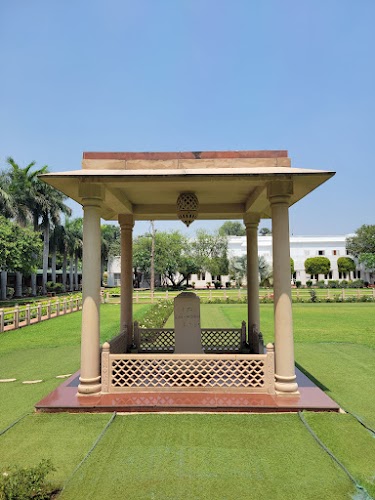
Gandhi Smriti Museum
New Delhi, India
- Explore the museum exhibits of Gandhi's life
- Visit the prayer ground and the spot of Gandhi's assassination
- Walk around the tranquil gardens of the memorial
Known for:
Description:
Gandhi Smriti is a museum dedicated to Mahatma Gandhi, located in New Delhi, India. It is the location where Mahatma Gandhi spent the last 144 days of his life and was assassinated on 30 January 1948. The museum exhibits photographs, sculptures, paintings, and artifacts related to Gandhi's life and teachings. Visitors can see the room where Gandhi lived, the prayer ground where he held his daily prayer meetings, and the spot where he was assassinated. The museum also houses a library and a research center on Gandhian thought. A multimedia exhibition using state-of-the-art technology is a recent addition to the museum. Spread across sprawling acres, the tranquil gardens around the building, and the Eternal Flame, lit to signify the immortal Mahatma, provide visitors a peaceful and contemplative experience.
History:
Gandhi Smriti, originally known as Birla House, was built by the industrialist Ghanshyam Das Birla in 1928. Mahatma Gandhi stayed at this house intermittently between 1945 - 1948 during his visits to Delhi for political talks. It was during his stay at Birla House that Gandhi initiated many notable movements such as Integration of princely states and worked tirelessly for Hindu-Muslim unity, and it was here where he held his daily prayer meetings. On 30th January 1948, as he was walking towards the prayer ground in the garden of Birla House, Nathuram Godse, a Hindu nationalist, shot and killed Mahatma Gandhi. The very spot where Gandhiji fell to the bullets of his assassin has been preserved with reverence. After Gandhi's death, Birla House was converted into a national memorial in his memory and renamed "Gandhi Smriti". It opened to the public in 1955.